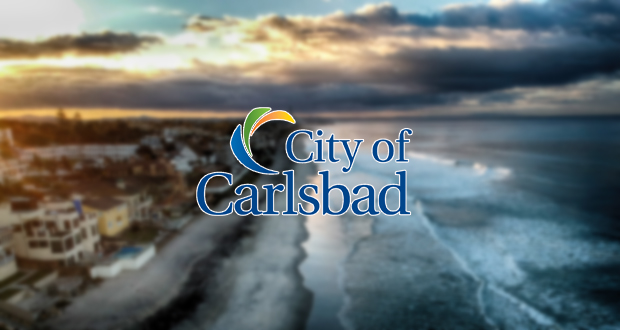Carlsbad’s economy is continuing its strong recovery from the COVID-19 pandemic, with taxes from hotel room night stays and retail sales far exceeding projections. However, the war in Ukraine, inflation and a gradual lessening of pent-up demand from COVID-19 lockdowns mean ongoing vigilance is needed when it comes to managing city finances, according to a report presented to the City Council Tuesday.
Since the COVID-19 emergency began, city staff has been giving the City Council quarterly updates on Carlsbad’s economy and city finances. The latest report shows the city is spending at roughly the same rate as last year, while revenues have increased by about $25,227,232 – or 22 percent.
Much of that growth comes from the city’s three largest revenue sources. Compared to this time last year:
Transit occupancy tax – the money the city gets from hotel room and short-term vacation rentals – is up 161 percent.
Sales tax revenue is up 29 percent. Key gains were seen in automobile dealerships, jewelry and luggage stores, clothing stores, general merchandise stores and department stores.
Property tax revenue is up 3 percent.
The diversity of industry in Carlsbad and the city’s focus on innovation helped many businesses in Carlsbad recover quickly from the impacts of COVID-19 and resume growing, according to Deputy City Manager of Administrative Services Laura Rocha. Carlsbad remains a highly desirable vacation destination as well, although the large share of the visitor market made up of corporate travel and conferences is still below pre-COVID levels.
Other highlights of the report include:
Tourism
Hotel occupancy rates started out low this quarter because of the Omicron surge, but by March had risen to nearly 75.5 percent – almost equal to the 76.5 percent occupancy rate in January 2019, before COVID-19.
Meanwhile, average daily room rates have risen significantly. This past quarter they were $209.50, compared to $175.54 in March 2019.
Carlsbad generates the second-largest amount of transient occupancy tax of the 18 cities in San Diego County. The first is San Diego.
Jobs
Unemployment in Carlsbad was 3.1 percent in March, almost the same as it was before the COVID-19 pandemic began and lower than the state’s unemployment rate of 4.2 percent and the county’s rate of 3.4 percent.
There were 15,628 unique jobs posted in Carlsbad between January and March, showing continued growth.
Key industries
As of January 2022, five key industry clusters are driving growth:
Life sciences
Information, communications and technologies
Cleantech
Sports innovation and design
Hospitality and tourism
The gross regional product for Carlsbad is $14.6 billion, making Carlsbad the largest economy in the county behind the City of San Diego.
Business activity
The City of Carlsbad issued 2,810 business licenses in the last quarter – the highest number since the pandemic began.
The City of Carlsbad issued 1,139 residential building permits, an increase of 148 from the previous quarter, and 117 commercial permits building permits last quarter.
Commercial real estate
Vacancies for industrial properties are down to 2.9 percent compared to 10.8 percent before COVID.
Office vacancies are at 13 percent compared to 15.25 percent pre-pandemic.
In retail, an area hit hard by COVID-19, vacancies have improved slightly since the last quarter and are now 8.3 percent. (Before the pandemic, retail vacancies were about 5.3 percent.)
The average annual rent per square foot for commercial space has risen in all categories this quarter to $43.66 for retail space, $36.95 for office space and $19.24 for industrial space.
Home prices and property tax
Home values in Carlsbad, along with San Diego County, continue to rise significantly, with median home prices in the city at $1.44 million in March, a gain of 3.7 percent over the previous quarter.
Carlsbad home values have risen 28.5 percent over the past year.
Assessed values have increased 3.14 percent for fiscal year 2021-22.
This is the ninth year in a row that Carlsbad’s assessed values have increased from year to year.
The reason property tax revenue is up only 3 percent is because property taxes may only go up 2 percent of the assessed value each year due to Prop 13, and the assessed value for the purpose of calculating property tax only changes when a home is sold. Many homes in Carlsbad have been owned by the same person or family for years.
City budget
City staff will present the proposed annual operating budget for next fiscal year at the May 24 City Council meeting.
The proposed Capital Improvement Program budget, covering major city projects, will be presented June 7.
The City Council must approve next year’s budget prior to the beginning of the fiscal year July 1.



















